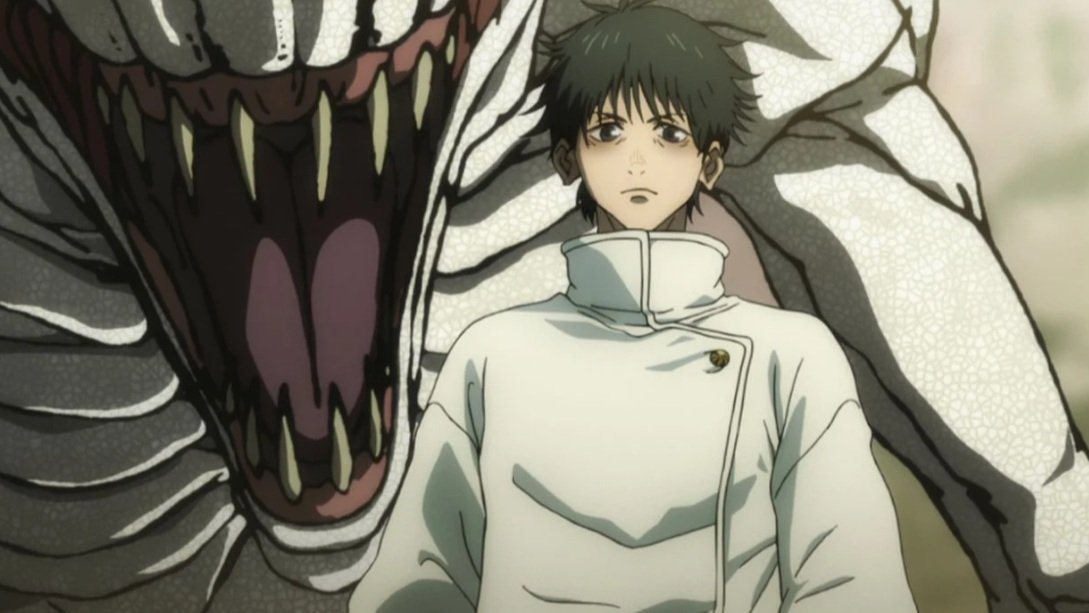Review: Roma
Alfonso Cuarón’s monochromatic love letter to the women who raised him begins with credits over a tile floor. As the film flicks through all the artists involved, thin, soapy waves of water wash across the screen, scrubbing from one collaborator to the next. And, in the reflection cast in the water, a plane creeps along miles overhead. It’s a breathtaking introduction and a microcosm of what works so well about the structure and thematics of Cuarón’s best picture since Children of Men over a decade ago, Roma.
Water is a central focus here. As Cuarón moves from the sudsy slosh of leading lady Cleo’s (Yalitza Aparicio) laundry work and thankless scrubbing of the dog crap-littered front porch, to the translucent, grey waters of a bourgeoisie swamp, to the lapping waters of the coastal shore; water comes to represent the life Cleo so desperately attempts to cling to and the life that is ripped from her. In a scene late in the film, a swimming scare on a vacation beach becomes fertile ground for a stunningly understated catharsis. Cuarón builds to his climax not like he’s wrangling ideas to focus in on a narrative plot point, but rather as an event in a life lived; charged with import and transcendence only in the rearview mirror.
Similarly, from the opening shot of Cuarón’s film — as soapy water slicks the screen, casting a reflection of the world above and around — mirror images, reflections are everywhere. The glass cabinets, windows, soapy water, and literal mirrors that adorn Cuarón’s cinematic reflection are a poignant, yet never winking recognition of the film’s central conceit: a reflection on a life lived. Nevertheless, Cuarón is keen on recognizing the optics of his perspective: an acclaimed, internationally-renowned film director telling the story of his indigenous nanny. His portrait is warm and expressive, full of vitality and compassion while remaining at enough of a distance that he lets Cleo tell her story without ever telling it for her. Indeed, for such an expressionistic take on someone else’s life, Cuarón seldom gives into the temptation to worm his way into Cleo’s brain; he lets her tell her story through expression. Water and mirrors may be the painfully obvious visual metaphors here, and, on occasion, Cuarón does lean into ground tread too often. But, by and large, his treatment of his themes and metaphor are handled with tact and restraint.
There’s a naturalistic flow to Cléo’s memoir that somehow fuses the ghost of Fellini’s body of work with Tarkovsky’s Mirror and a dash of Malick’s The Tree of Life seamlessly. Moments and details are enshrined with a dreamlike precision and spiritual compassion that’s both clearly influenced by its forebears — it’s called Roma not simply for the setting of Cuarón’s youth — but simultaneously it’s so intensely autobiographical that it remains all Cuarón’s own. Its crisp, monochromatic, digital cinematography is overwhelming; its soundscape totally enveloping; and its characters are so movingly realized that, no matter what Ted Sarandos says about the death of the theatrical experience and the birth of butchering films down to five-inch windows of glass, this is a film best seen on the widest screen possible with the most robust surround sound you can find. Roma is absolutely one of the very best of the year and deserves the two hours and fifteen minutes it takes to be transported into one of the most empathetic portraits of the year.














